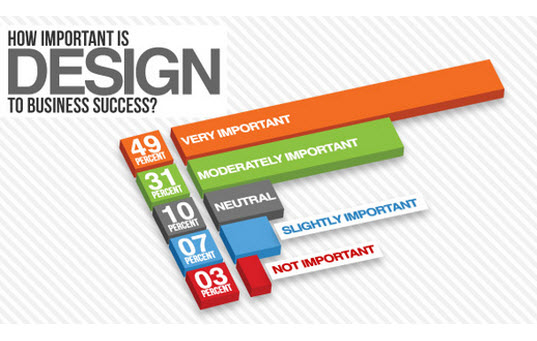The Advancement Of Site Style: From Past To Present
The Advancement Of Site Style: From Past To Present
Blog Article
Content Composed By-Hartley Trolle
In the past, internet sites were straightforward and focused on details. simply click the up coming website page was direct, and design was for desktops. Currently, customer experience is key. Information overviews styles for very easy navigation. Responsive formats suit various tools. Today, dark setting minimizes strain, and minimalist menus enhance navigation. Interactive features involve customers, and bold visuals stand apart. AI integration boosts engagement. See just how layout has actually evolved to enhance your on the internet journey.
Very Early Days of Web Design
In the very early days of web design, simplicity preponderated. Web sites were fundamental, with restricted colors, fonts, and designs. The emphasis got on providing information instead of fancy visuals. Customers accessed the web with sluggish dial-up links, so rate and performance were vital.
Navigation menus were straightforward, generally located on top or side of the web page. Web sites were made for computer, as mobile surfing wasn't yet prevalent. Material was king, and developers focused on simple readability over complicated layout elements.
HTML was the main coding language used, and designers had to work within its constraints. Computer animations and interactive functions were very little contrasted to today's requirements. Sites were static, with little dynamic content or customized user experiences.
Surge of User-Focused Layout
With the advancement of website layout, a shift in the direction of user-focused style concepts has actually come to be significantly famous. Today, producing internet sites that focus on customer experience is important for engaging visitors and achieving company goals. User-focused design involves comprehending the requirements, preferences, and behaviors of your target market to tailor the site's design, content, and includes appropriately.
Developers now carry out extensive research, such as user surveys and functionality testing, to gather understandings and comments straight from individuals. This data-driven method assists in producing instinctive navigating, clear calls-to-action, and aesthetically appealing user interfaces that resonate with visitors. By putting the user at the center of the design process, sites can deliver a much more personalized and pleasurable experience.
Receptive style has actually additionally emerged as a crucial element of user-focused style, making sure that web sites are maximized for numerous gadgets and screen dimensions. This versatility boosts accessibility and functionality, catering to the varied means users engage with internet sites today. Essentially, the increase of user-focused design represents a shift in the direction of creating digital experiences that focus on the needs and assumptions of the end individual.
Modern Trends in Website Design
Check out the most up to date patterns forming website design today. One prominent pattern is dark mode style, supplying a smooth and modern-day look while reducing eye pressure in low-light environments. One more essential trend is minimalist navigating, simplifying food selections and enhancing customer experience by concentrating on essential elements. Integrating micro-interactions, such as computer animated switches or scrolling results, can produce a much more engaging and interactive web site. Responsive style stays vital, making sure smooth user experiences across numerous tools. Additionally, utilizing vibrant typography and unbalanced designs can include visual passion and accentuate certain content.
Integrating AI innovation, like chatbots for customer assistance or customized recommendations, enhances customer engagement and streamlines procedures. Accessibility has likewise come to be a considerable trend, with developers prioritizing inclusive layout techniques to satisfy diverse user needs. Accepting sustainability by maximizing internet site efficiency for speed and efficiency is one more arising pattern in website design. Working together with customer feedback and information analytics to repeat and boost style continually is essential for staying relevant in the ever-evolving digital landscape. By accepting these modern-day fads, you can create a visually attractive, easy to use internet site that reverberates with your audience.
Conclusion
As you review the advancement of web site design from the early days to currently, you can see how user-focused design has come to be the driving force behind contemporary trends.
Accept the trip of adjustment and adaptation in web design, always maintaining the individual experience at the center.
Tippingpointdigital
Stay current with the most recent trends and technologies, and never ever quit progressing your strategy to develop aesthetically spectacular and easy to use internet sites.
Develop, adapt, and develop - the future of web design is in your hands.
